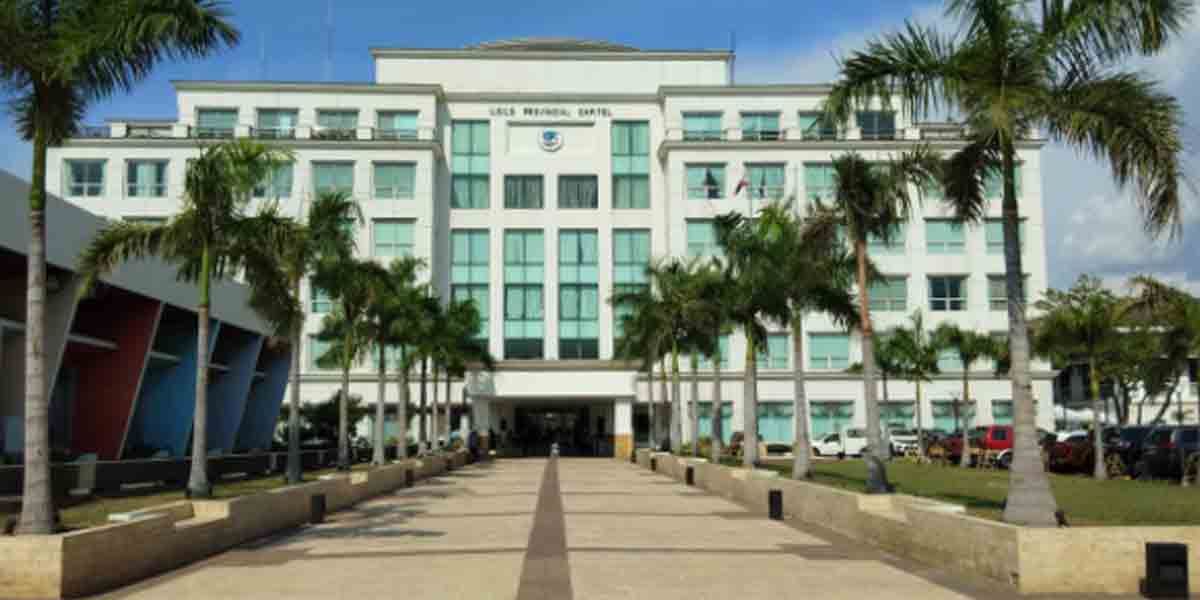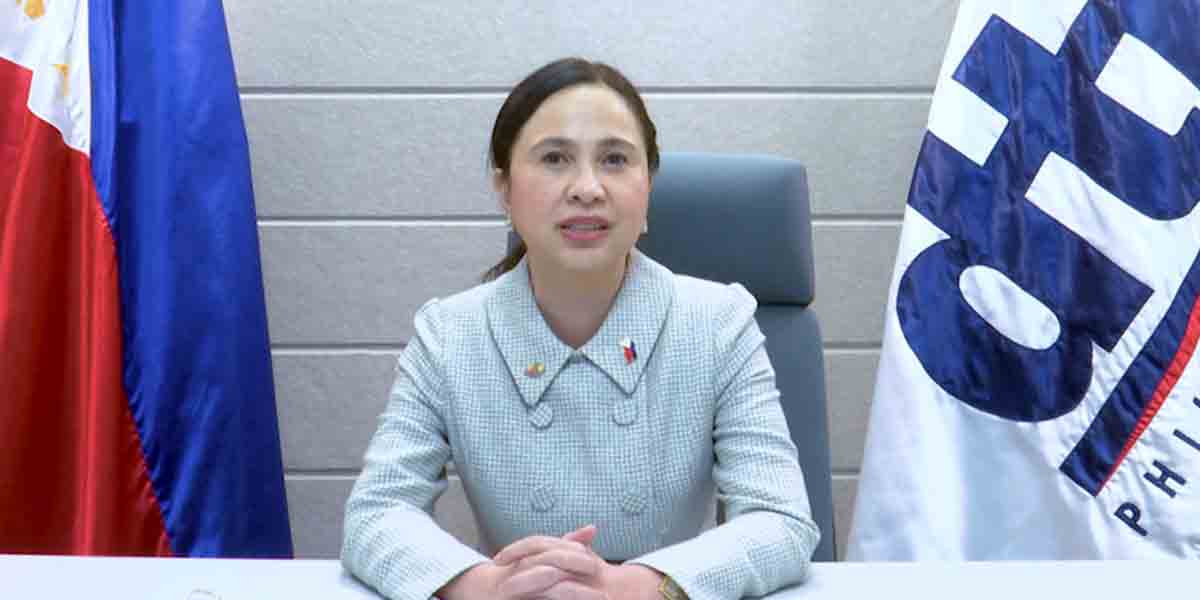AN ECONOMIST of ING Bank Manila has forecast that Philippine Monetary officials will keep the Bangko Sentral ng Pilipinas (BSP) key rates steady this week.
However, ING Bank Manila senior economist Nicholas Mapa noted that a cut is possible by May to address the impact of last years rate hikes on domestic output.
In a report Tuesday, Mapa said the central banks policy-making Monetary Board (MB) has the leeway to keep key rates steady during their rate setting meet on Thursday since inflation continues its downward path.
During the day, the Philippine Statistics Authority (PSA) reported that the January 2019 inflation further decelerated to 4.4 percent from 5.1 percent last December primarily due to slower rate of price increases of the heavily-weighted food and non-alcoholic beverages index.
Core inflation, which excludes volatile food and energy items, also slowed down to 4.4 percent from 4.7 percent last December.
Mapa said the slower inflation rate is as expected and noted that any cost push driven inflation pop tends to dissipate quickly once supply bottlenecks are mitigated.
This trend will continue in next few months, barring any tightness in food supply or spikes in oil prices, he said, as he projected inflation to go back to within the 2-4 percent target band by the second quarter of this year.
The economist also cited that slower core inflation validates that the recent spike is not pervasive and supply side in nature.
The country registered elevated inflation rates in 2018, with figures since March rising beyond the governments 2-4 percent target range until 2020, due to supply constraints on rice and several agricultural products as well as spike in global oil prices.
With inflation rates breaching the governments target band, Philippine monetary officials hike the central banks key rates by a total of 175 basis points to reign inflation expectations.
Mapa said that since inflation rate has slowed down after peaking at 6.7 percent in September and October, BSP officials can ease off the brake pedal for a minute to give the economy a break.
A possible RRR cut is in the offing, on an off cycle meeting in 1Q, he said.
The BSP cut banks reserve requirement ratio (RRR) by 200 basis points in 2018 as it shifts towards a more market-based implementation of monetary policy and financial market reform program.
Policy cuts also a possibility by May as GDP (gross domestic product) will continue to display the knock off effects of aggressive tightening, Mapa added. (PNA)




















